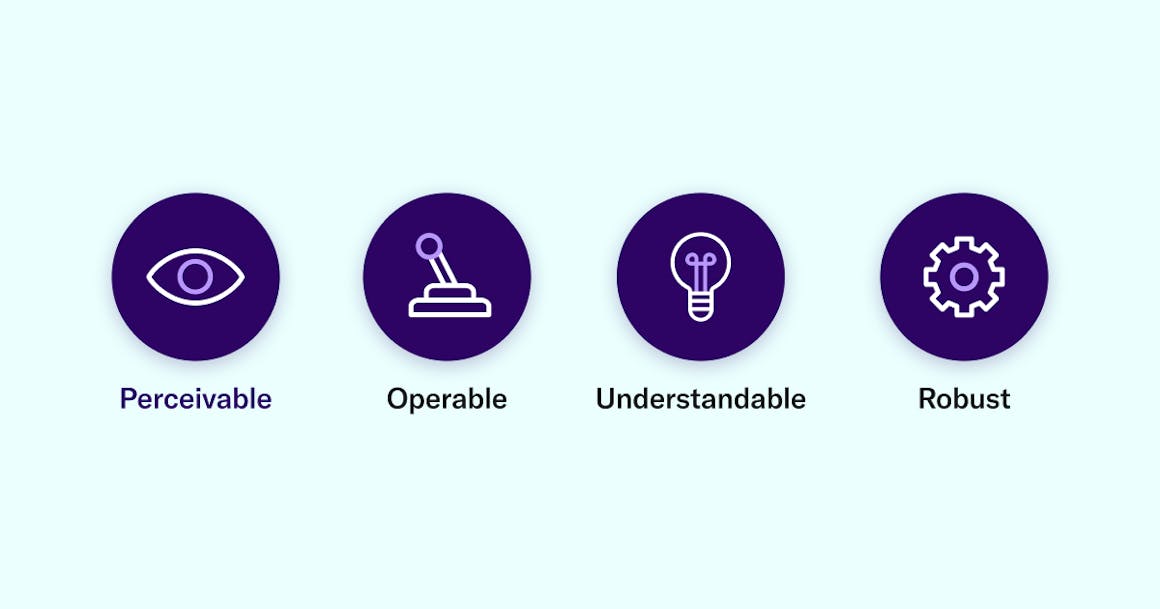Viva Resa: Your Gateway to Insightful Living
Discover news, trends, and tips for a vibrant lifestyle.
Making the Web a Friendlier Place for Everyone
Discover how to transform the web into a welcoming space for all. Join the movement for a friendlier online experience!
10 Simple Ways to Make Your Website More Accessible for Everyone
Making your website more accessible is essential for reaching a wider audience. Here are 10 simple ways to enhance accessibility:
- Use Alt Text: Always provide descriptive alt text for images, allowing visually impaired users to understand your content.
- Ensure Color Contrast: Specify a high contrast ratio between text and background to improve readability for those with visual impairments.
- Implement Keyboard Navigation: Ensure that all site functionalities can be accessed using a keyboard, which is crucial for users who cannot use a mouse.
Continuing with our list of simple accessibility improvements, consider the following:
- Use Clear Fonts: Choose legible font types and sizes to make reading easier for everyone.
- Create Clear Headings: Structure your content with headings and subheadings, helping users navigate your site better.
- Provide Text Alternatives: Offer transcripts for audio and video content to cater to users with hearing impairments.

Understanding the Importance of Web Inclusivity: What You Need to Know
Web inclusivity is a critical concept that emphasizes the need to create digital spaces accessible to everyone, regardless of their abilities or disabilities. In today's digital age, a significant portion of the global population faces barriers that prevent them from interacting fully with online content. By understanding and implementing web inclusivity, businesses and organizations can not only expand their audience reach but also demonstrate their commitment to social responsibility. This approach not only benefits those with disabilities but enhances user experience for all, making websites more intuitive and easier to navigate.
One vital aspect of achieving web inclusivity involves adhering to established accessibility standards, such as the Web Content Accessibility Guidelines (WCAG). These guidelines provide a framework to help developers and designers create online content that is perceivable, operable, understand, and robust for all users. Incorporating elements like alternative text for images, ensuring high contrast for text readability, and providing keyboard navigation options are just a few examples of how inclusivity can be integrated into web design. Ultimately, embracing web inclusivity is not just a legal responsibility; it’s an ethical imperative that fosters a more equitable online environment.
How to Create a Positive Online Experience: Tips for Web Designers
Creating a positive online experience is crucial for retaining visitors and enhancing user satisfaction. As a web designer, starting with user-centric design principles can significantly impact how users interact with your site. Begin by ensuring that the layout is intuitive and aesthetically pleasing. Utilize responsive design techniques to guarantee that your website functions well across a range of devices and screen sizes, providing seamless access regardless of how users connect. Additionally, prioritize fast loading times, as studies show that users tend to abandon sites that lag; a mere second can make a difference.
Furthermore, incorporating accessibility features into your design is essential for fostering inclusivity. Adhere to the Web Content Accessibility Guidelines (WCAG) to ensure that all users, including those with disabilities, can navigate your site comfortably. Use a clear hierarchy for content, such as headers and bulleted lists, to enhance readability. Lastly, engage with your audience through feedback mechanisms and analytics. This ongoing interaction allows you to refine the user experience based on genuine user insights, ultimately creating a more positive online atmosphere for everyone.